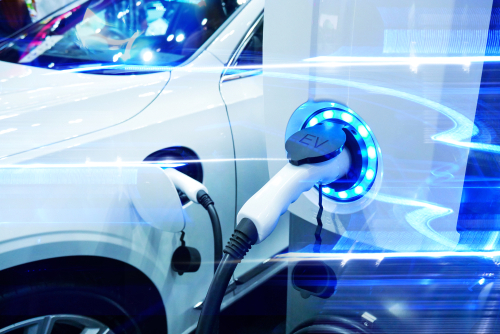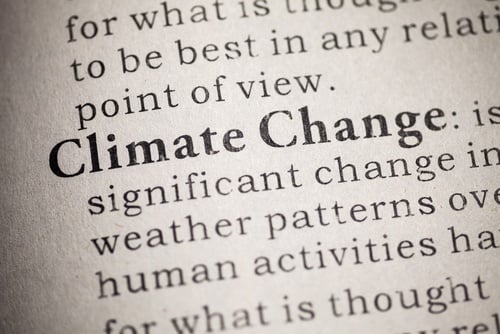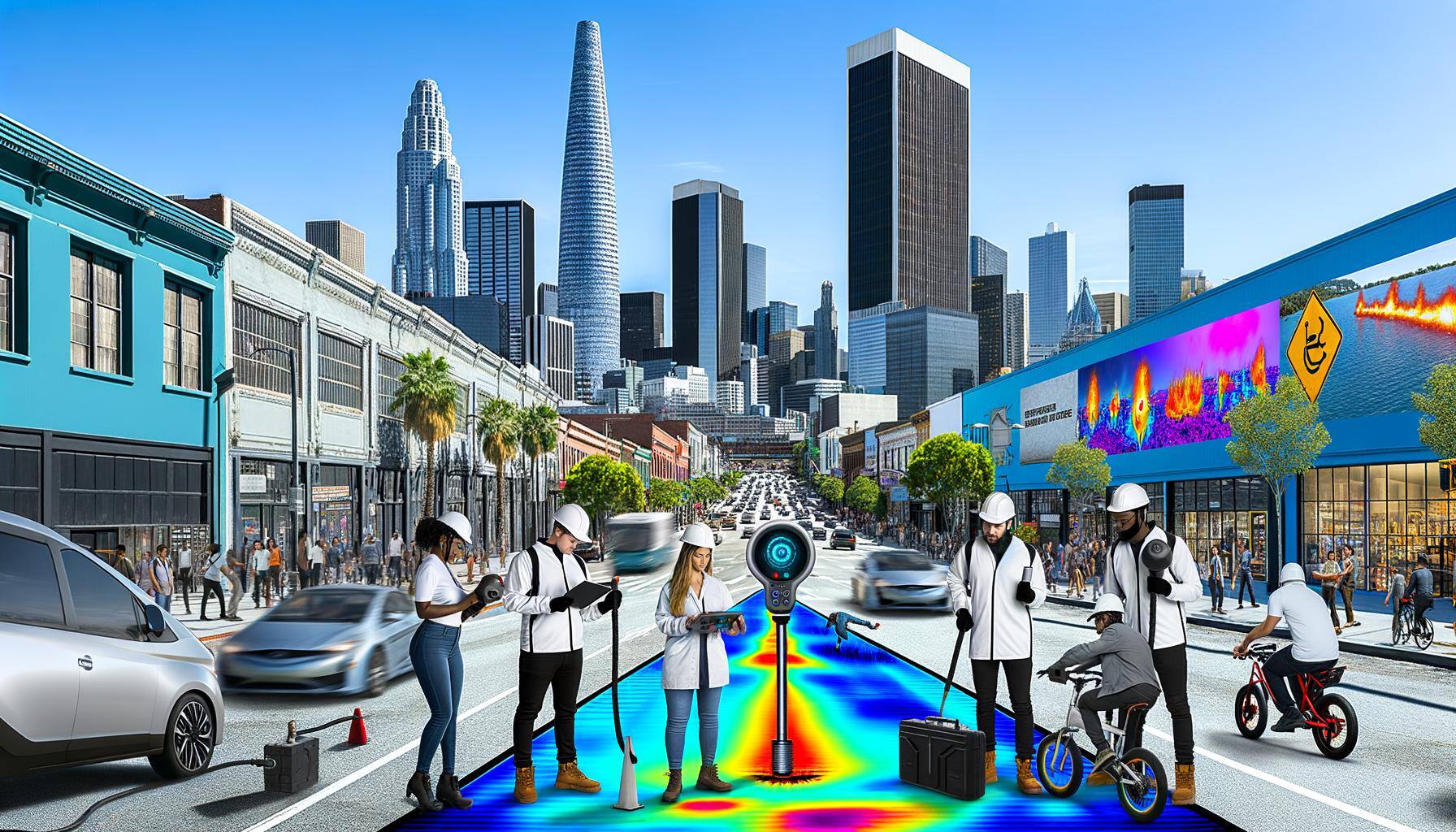Understanding Advanced Clean Truck Regulations
The Advanced Clean Truck (ACT) regulations represent a significant shift in environmental policy aimed at reducing emissions from medium and heavy-duty vehicles. Initially adopted by the California Air Resources Board (CARB), these regulations have now been embraced by several states, including Massachusetts. The core objective of the ACT rules is to increase the number of zero-emission vehicles (ZEVs) on the road, thereby curbing harmful emissions that contribute to air pollution and climate change.
Read More
Topics:
Massachusetts,
environmental justice,
CARB,
ACT
Massachusetts passed a long awaited and much debated climate change bill this week and sent it to Governor Healey’s desk Thursday afternoon.
Read More
Topics:
Massachusetts,
Climate Change,
renewable energy,
environmental justice
Uncovering the Hidden Culprit of Urban Methane Emissions
When we think of methane emissions, our minds often leap to images of sprawling agricultural lands or the vast, mechanical expanse of fracking sites. Yet, nestled within the heart of our cities, an invisible culprit lurks—aging natural gas pipelines. A recent study by Harvard University sheds light on this urban nemesis, revealing that Boston alone loses a staggering 15 billion cubic feet of natural gas annually due to leaks. This isn't just a financial headache to the tune of $90 million each year; it's an environmental crisis, with urban leaks emerging as a significant source of methane emissions.
Read More
Topics:
natural gas,
Massachusetts,
methane,
environmental justice
The Advanced Clean Truck Rule, first adopted in California, has been adopted by three Northeastern States as well - namely, Massachusetts, New York & New Jersey. The rule requires an increasing percentage of medium & heavy duty trucks sold to be Zero Emission Vehicles (ZEV), beginning in 2025. The Act requires manufacturers to participate in a credit/deficit program to increase the number of ZEVs sold in the state, and a one time report detailing in-state operation of vehicles over 8500lb to "inform future decisions about emission reductions from the transportation sector".
Read More
Topics:
Massachusetts,
Climate Change,
Carbon Emissions,
Emissions,
environmental justice
Friday, March 23rd, Massachusetts Governor Charlie Baker signed into law Senate Bill 9 "An Act Creating a Next Generation Roadmap for Massachusetts Climate Change Policy" that includes provisions described as "some of the most aggressive greenhouse gas emissions reductions targets in the country"
Read More
Topics:
EV Charger,
Massachusetts,
Climate Change,
Carbon Emissions,
renewable energy,
environmental justice





